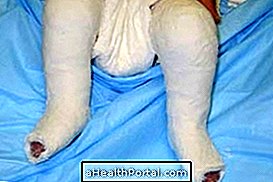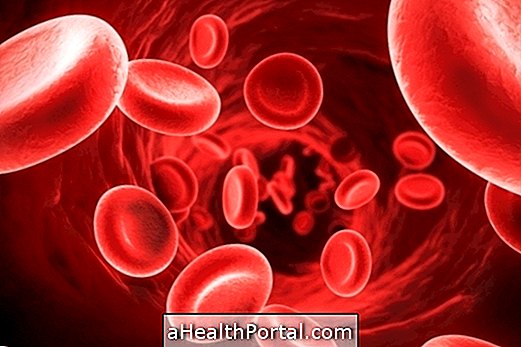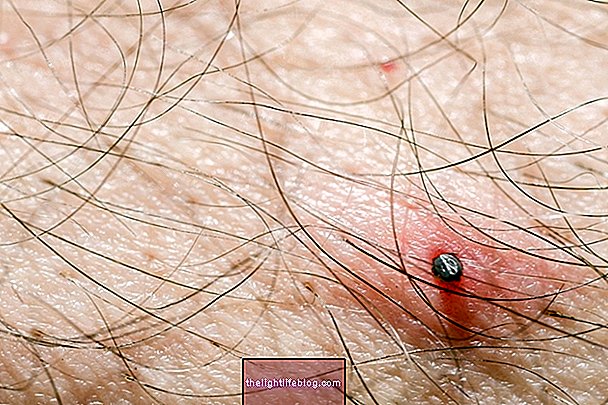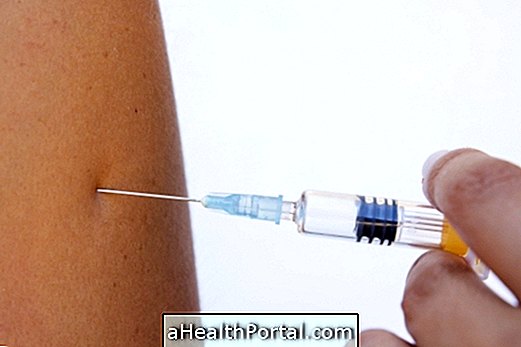Peripheral arterial disease (PAD) is a disease characterized by decreased blood flow in the arteries due to a narrowing or occlusion of these vessels, affecting mainly the legs and feet, and causing signs and symptoms such as pain, cramps, difficulty walking, paleness in the feet, formation of ulcers, and even risk of necrosis of the affected limb.
Also known as peripheral arterial occlusive disease (PAD), this disease is mainly caused by the accumulation of fat plaques in the blood vessels, called atherosclerosis. The people most at risk for developing this change are smokers, people with diabetes, high cholesterol or high blood pressure, for example. Understand better what it is and how to treat atherosclerosis.
To treat peripheral arterial disease, your doctor will guide you to reduce or prevent worsening of artery blockage, such as AAS, Clopidogrel, or Cilostazol, for example, as well as medicines for controlling high blood pressure, cholesterol, and diabetes. the adoption of healthy living habits. Treatment with surgery is indicated for people with severe symptoms, who have not improved with the medicines or who have a lack of serious circulation of the limbs.
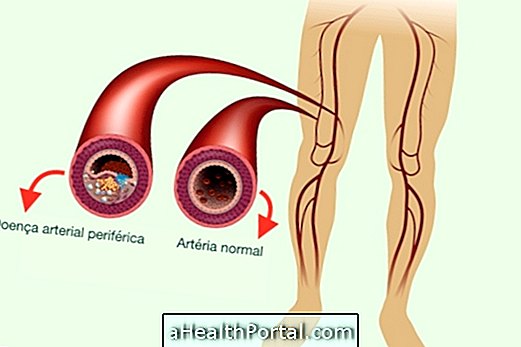
Main symptoms
People with peripheral arterial disease do not always have symptoms, and in many cases, the disease can progress silently and manifest itself only when it becomes severe. However, the most common signs and symptoms are:
- Pain in the legs when walking and that improves with rest, also called intermittent claudication . Leg pain even at rest may occur as the disease worsens;
- Fatigue in the muscles of the legs;
- Cramp, numbness, or feeling cold in affected limbs;
- Burning sensation or tiredness in the muscles of the leg, like calf;
- Decreased arterial pulses, thinning of hair and thinner skin on affected limbs;
- Formation of arterial ulcers, or, even, limb necrosis, in more severe cases.
Symptoms, especially pain, may worsen during sleep at night or whenever limbs are elevated, as this further decreases the flow of blood to the legs and feet.
Atherosclerosis can affect blood vessels throughout the body, so people with peripheral arterial disease are also at increased risk of developing other cardiovascular diseases, such as angina, heart attack, stroke or thrombosis, for example. Learn about cardiovascular diseases and the main causes.
How to confirm
The main way to identify peripheral arterial disease is through clinical evaluation of the physician, who will observe the symptoms and physical examination of the affected limb.
In addition, the doctor may request some tests, such as measuring the pressure on the limbs, performing Doppler ultrasound or angiography as a way to aid in the confirmation of the diagnosis.

How is the treatment done?
Treatment for peripheral arterial disease is indicated by the doctor, especially the angiologist, who may indicate the use of medicines such as:
- Aspirin or clopidogrel, which contribute to prevent formation of blood thrombi and obstruction of the arteries;
- Cholesterol-controlling medicines to help stabilize the cholesterol plaque in the vessels and prevent worsening of the obstruction:
- Cilostazol, which helps dilate affected arteries for moderate to severe cases;
- Analgesics to relieve pain.
In addition, it is very important to adopt improvements in life habits and to control risk factors for this disease, such as quitting smoking, losing weight, practicing regular physical activities (at least 30 minutes a day), adopting a healthy and balanced diet, and to make the correct treatment to control diabetes, cholesterol and high blood pressure.
In this way, it is possible to reduce the worsening of atherosclerosis and the effects of the accumulation of fat plaques in the blood vessels, thus preventing the worsening of arterial disease and the onset of other cardiovascular diseases, such as angina, infarction and stroke, for example.
Surgery may be indicated by the angiologist in cases where there has been no improvement in symptoms as a clinical treatment or when the obstruction of blood flow is severe.
What are the causes
The main cause of peripheral arterial disease is atherosclerosis, in which accumulation of fat in the walls of the arteries causes it to tighten, narrowing and decreased blood flow. Risk factors for atherosclerosis include:
- High cholesterol;
- High blood pressure;
- Food rich in fats, salt and sugar;
- Sedentary lifestyle;
- Overweight;
- Smoking;
- Diabetes;
- Heart disease.
However, other causes of peripheral arterial disease may be thrombosis, embolism, vasculitis, fibromuscular dysplasia, compression, cystic adventitia, or limb trauma, for example.
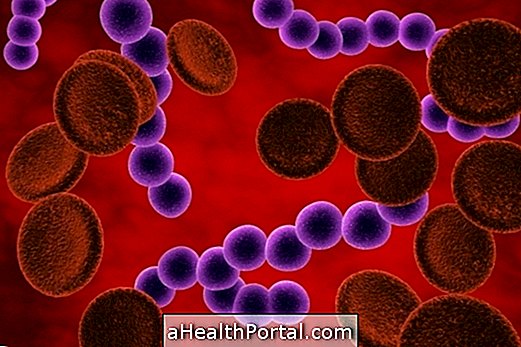

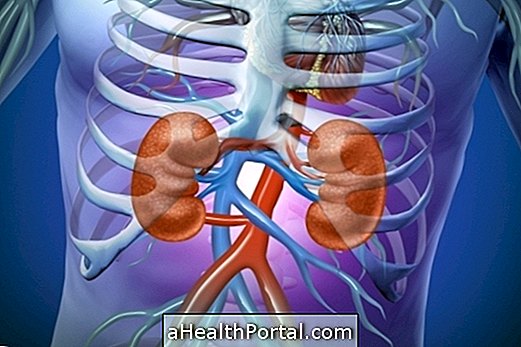
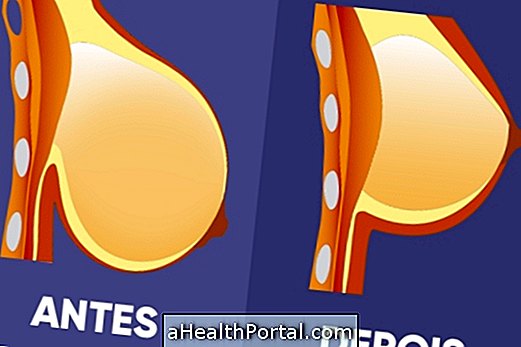
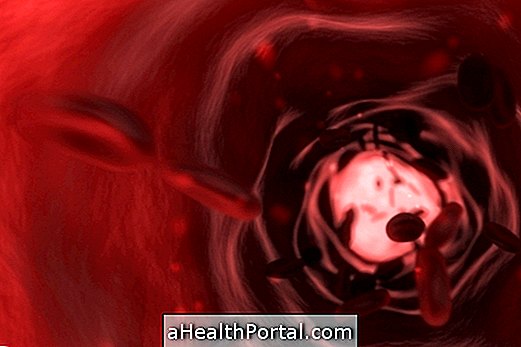
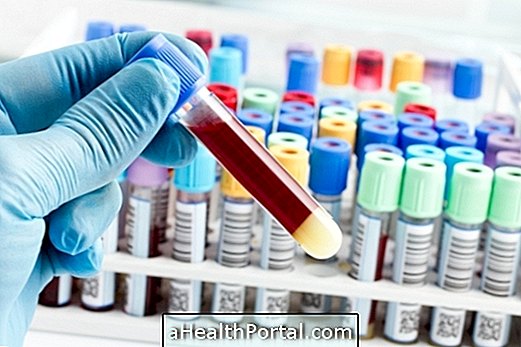

-o-que--sintomas-e-tratamento.jpg)

